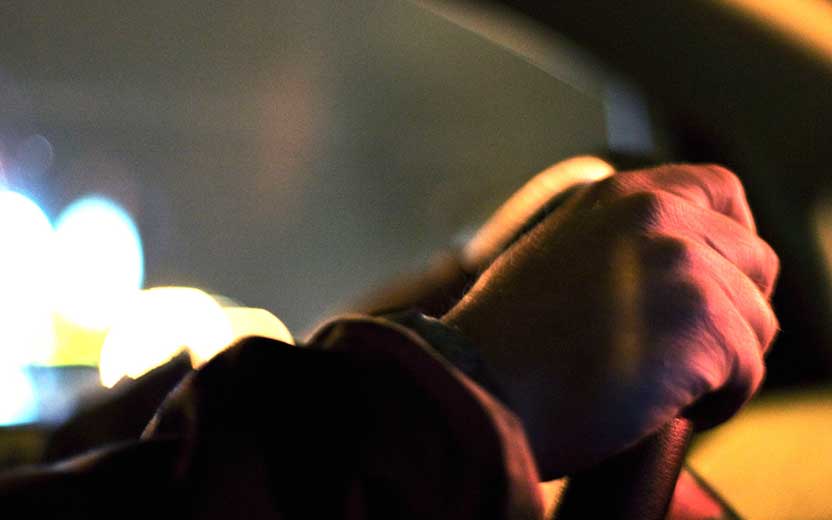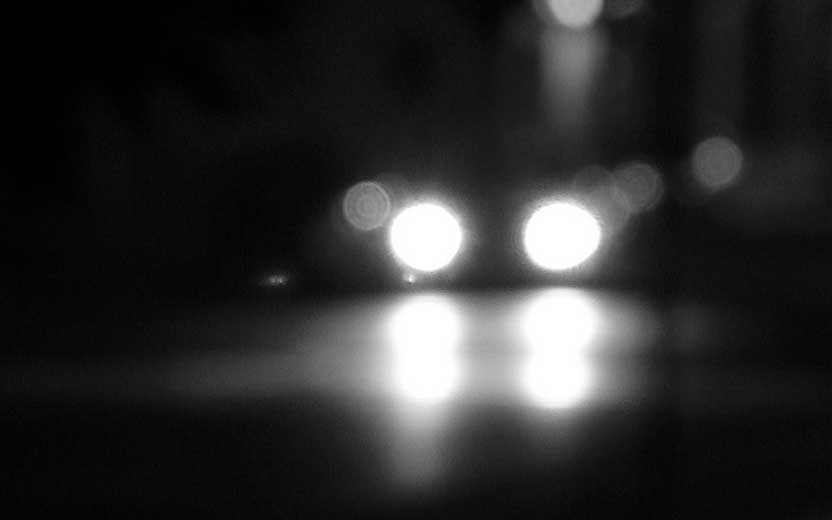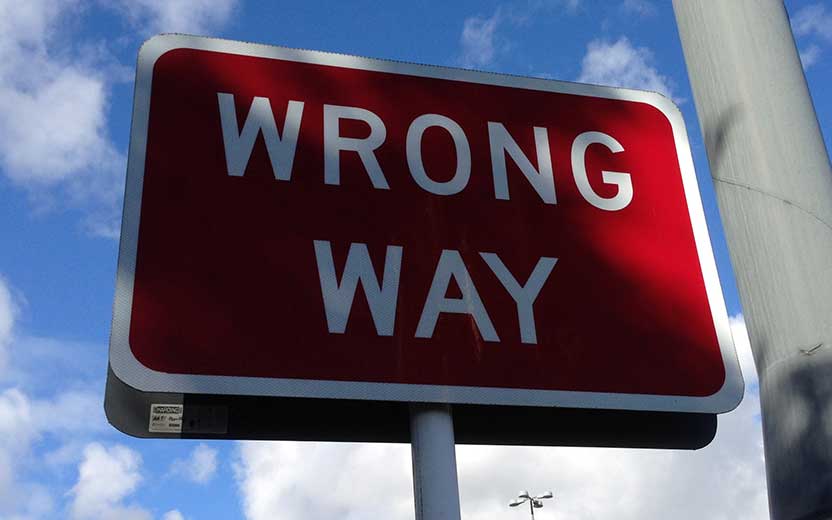By Marcus Fernandez
As the automobile industry evolves and the number of drivers increases, potential issues related to such a booming market become more evident. In fact, according to leading Tampa personal injury attorney firm Kinney, Fernandez & Boire, one of the most common types of services clients need assistance on is auto accidents. This comes as no surprise an average of six million car wrecks occur nationally every single year. That translates to a staggering total of 90 deaths per day in the U.S. alone.
Fortunately, given how widespread and potent the dangers of more people operating vehicles are, the research to provide a safer environment is never-ending. When comparing vehicles from just a few decades ago to the modern-day car, for example, the safety measures are vastly different. So, what are four types of technology that have helped reduce auto accidents?
Lane Departure Warning System
In 2008, Volvo created a warning system that alerts drivers whenever they are departing a lane. The Swedish automaker first offered this technology on their S80, V70, and XC70 vehicles. Since then, nearly every single automotive brand has followed suit, and lane departure warnings have become an essential part of almost every contemporary car.
The system operates based on motion sensors and multiple cameras that analyze the environment to the right and left. Upon recognizing a lane marking, they establish a sense of orientation that helps the car determine if it is centered. If the driver starts veering outside of the lane without turning their signal on, the alert immediately comes on and shuts off any background audio. Lane departure warning systems help drivers avoid collisions due to distractions or sleepiness. It also forces them to become more responsible for using turn signals.
Auto Emergency Brake
Rear-end collisions represent the most common types of automotive accidents for many years. The National Highway Traffic Safety Administration (NHTSA) states that distracted driving is the cause of 87 percent of all rear-end crashes. As a result, manufacturers began implementing the automatic emergency brake (AEB). The first type of AEB was created in the 1950s by Cadillac, which debuted it on their Cyclone model. Nowadays, most vehicles made after 2010 have buying options which include this technology. While not mandatory, possessing an AEB system allows the driver to minimize the likelihood of accidents caused by distracted driving.
Hands-Free System
Almost directly coinciding with the rise of distracted-driving related accidents was the evolution of mobile phones and more specifically, smartphones. When drivers combine their multi-ton vehicle with a small device that them to take their eyes off the road, it can be a dangerous combination. It also wasn’t until recently that states like Florida made texting while driving a primary offense.
Earlier solutions to driving while talking on the phone included the use of the auxiliary cord or “aux cord.” While it eliminated the need for the driver to hold the phone physically, they would still need to dial or respond to messages manually. Enter hands-free phone systems. Chrysler introduced the Bluetooth technology in their vehicles and were the only ones to offer it until 2004. Bluetooth allows drivers to automatically connect their phones to their car, without the use of cords. A few years later, most manufacturers added the hands-free component to vehicles. It enabled drivers to use voice-dictation to dial or control phone apps by simply relying on the steering wheel buttons. Some might argue that hands-free systems still divert a driver’s attention from the road. However, a steering wheel button requires less time and doesn’t require the driver to avert their eyes.
Mandatory Blind Spot Mirrors and Sensors
The final piece of equipment that has had a significant impact on reducing accidents is the mandatory blind spot mirror paired with various sensors. Most late-model cars feature side-view mirrors which carry a tiny cutoff with a blind-spot angle. After all, distraction and driver-based deficiencies aren’t the only causes of car crashes. People’s inability to get a complete view of their surroundings is also at the heart of many accidents. Today’s cars often offer both blind-spot detection and back-up or rearview cameras. The camera has been in direct response to the more than 18,000 injured and nearly 300 killed annually in backover crashes. Most of these victims are either the elderly or children.
Back-up cameras provide an unparalleled upgrade to the process of backing up or driving in reverse and allow someone to see areas in significant blind zones. These are areas not visible to drivers and can hide children or obstacles. Cameras are placed in infotainment systems or directly in rearview mirrors and display the rear surroundings when putting the car’s transmission in reverse. It eliminates the need to twist one’s back or look over and ensures that all blind spots are covered.
Drivers Are Still in Charge of Safety
A few honorable mentions in the area of car safety include:
- Automatic steering;
- High-power headlights and taillights;
- Electronic cruise control;
- Audio blind-spot warnings;
While some features have become industry standard, especially in premium model cars, others may come at an added cost.
Safety ultimately rests on the shoulders of every driver. While advancements in technology will lessen the likelihood for someone to get into a crash, they do not eliminate the possibility. Unfortunately, as long as drivers are distracted when behind the wheel, we will continue to see motor vehicle accidents. That’s why leading Tampa personal injury attorney law firm, Kinney, Fernandez & Boire helps with so many cases tied to collisions. If you are in a car accident and injured, contact a reputable law firm in the Tamp Bay area. Our car accident lawyers will ensure that at-fault drivers are held accountable and that you get the compensation you deserve.
If you have concerns or questions about your case, contact us or give us a call at (813) 543-6838 to speak with one of our expert attorneys.


